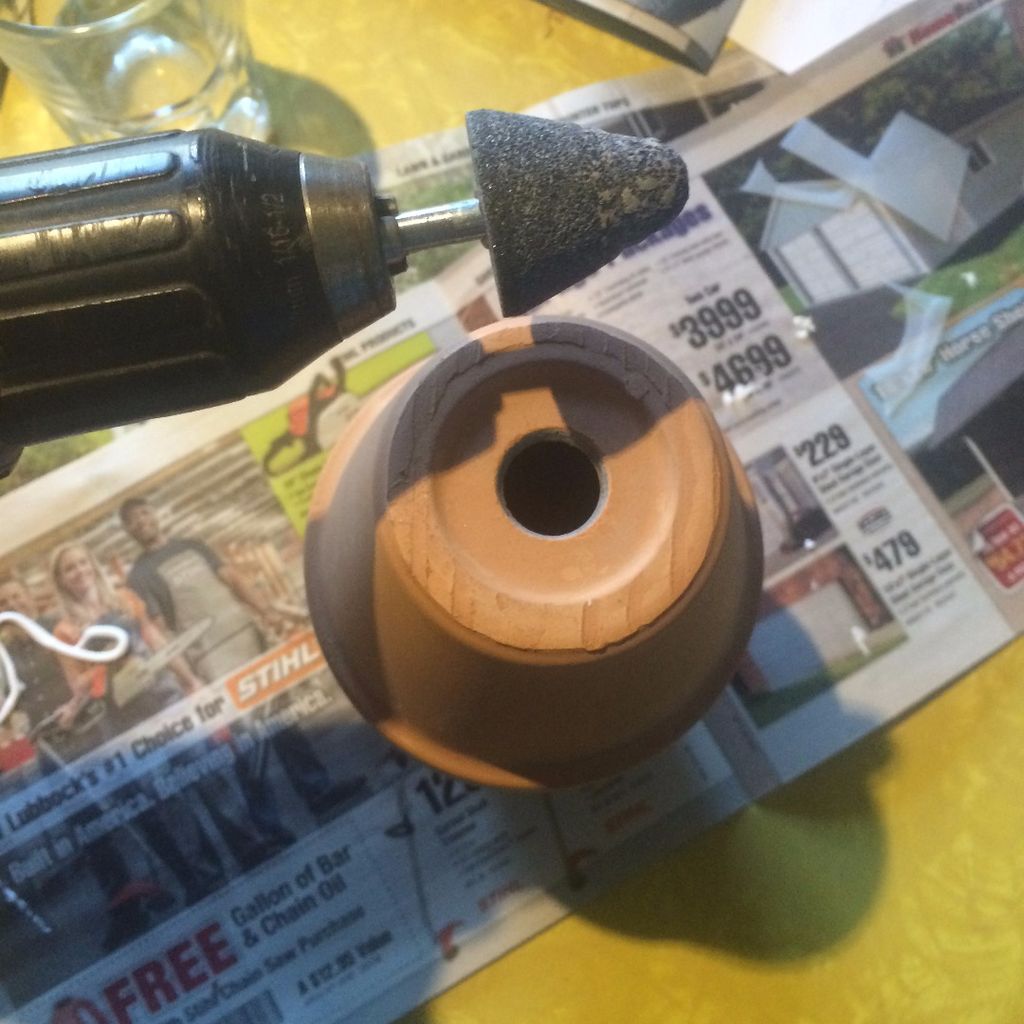HOW IT WORKS
OYA IRRIGATION
The principle is simple. A clay pot is buried with only the opening on top visible above the soil surface. It is then filled with water. The porous walls of the oya allow for water to dissipate into the soil as needed.
Read MoreCrops To Use
Oya irrigation is most efficient for crops with fibrous root systems like: Squash, Melons, Water Melons, Tomatoes and Chiles. It is also possible to use Oyas with crops with relatively shallow root systems like lettuce and herbs.
Read MoreInstructions
Bury Oyas leaving 1-2 inches above the surface to prevent dirt and mulch from washing inside. Gently pack soil around the Oyas. Water will not disperse in air pockets and roots will not grow in air pockets.
Read MoreUSEFUL INFORMATION
How to make a Terra Cotta Flower Pot Oya:
Making your own oyas out of terracotta flower pots is easy and inexpensive. All you will need are two flower pots, a cover for the opening, strong waterproof glue (such as Gorilla Glue), and waterproof silicone caulk. The process can be completed in a few easy steps but will require full drying overnight before installing in your garden.
See MoreOya Irrigation:
At Native Seeds/SEARCH we currently offer two different Oyas. Oya Bottles are very efficient, cylinder-shaped Oyas. The glazed tops are great at preventing chipping and evaporation. The shape is perfect for use in large containers but also work well in sunken or raised beds. Oya Balls are clay emitters that use gravity fed water from a reservoir such as a five-gallon…
See MoreOyas Products

Oya Bottles
12 inch Tall, 3 inch Round - Glazed Top
Dripping Springs
Irrigation Pot
Oya Ball
Irrigation Kit
Home Made
Make yourself OyasTIPS FOR USING OYAS
Bury Oyas
Bury Oyas leaving 1-2 inches above the surface to prevent dirt and mulch from washing inside. Gently pack soil around the Oyas. Water will not disperse in air pockets and roots will not grow in air pockets.Place Oyas
Place Oyas at least every 2-3 feet in your garden for maximum impact. Larger Oyas with a two-gallon capacity can be placed up to 3-4 feet apart.Check Water Level
Check the water level frequently and refill the oya as needed. The frequency depends upon the soil type, surrounding plant density, and weather. At times it may need refilling every 7 days or more or as frequently as every other day.
Keep a rock
Always keep a rock, plate, or another cover over the Oyas opening. This will minimize evaporation and prevent mosquito breeding.Sandy or Coarse-textured soils.
Use Oyas in slightly sandy or coarse-textured soils. Soils with high clay content do not dissipate water well. If you have a very deep soil it is useful to place a saucer or drainage tray at the bottom of the hole where the Oya is to be placed.Few Inches from opening
Plant seeds a few inches from the Oyas opening. Water the entire area and possibly surface water until the seeds germinate if your Oya is not keeping the top two inches moist.
Outline the Opening
Know where your Oyas are buried. Outline the opening with rocks, use a pin flag, or other methods to prevent someone from stepping on the Oya.Dig up in Winter
If you live in an area that experiences hard freezes, dig up your Oyas each winter to prevent them from cracking underground.Add liquid fertilizer
Liquid fertilizer can be added to the Oya to slowly release nutrients into the soil. Make sure it is truly a liquid form as to not plug the pores of the clay.
Types of Oyas
There are several different types of Oyas available and several methods to make your own Oyas from clay or store-bought terracotta flower pots. There are pros and cons to different types of Oya systems.
When considering what type to use, keep following in your mind:
- Consider your space.
- The expense.
- How often you are able and willing to refill the Oya.
- How long you wish the Oyas to last.



